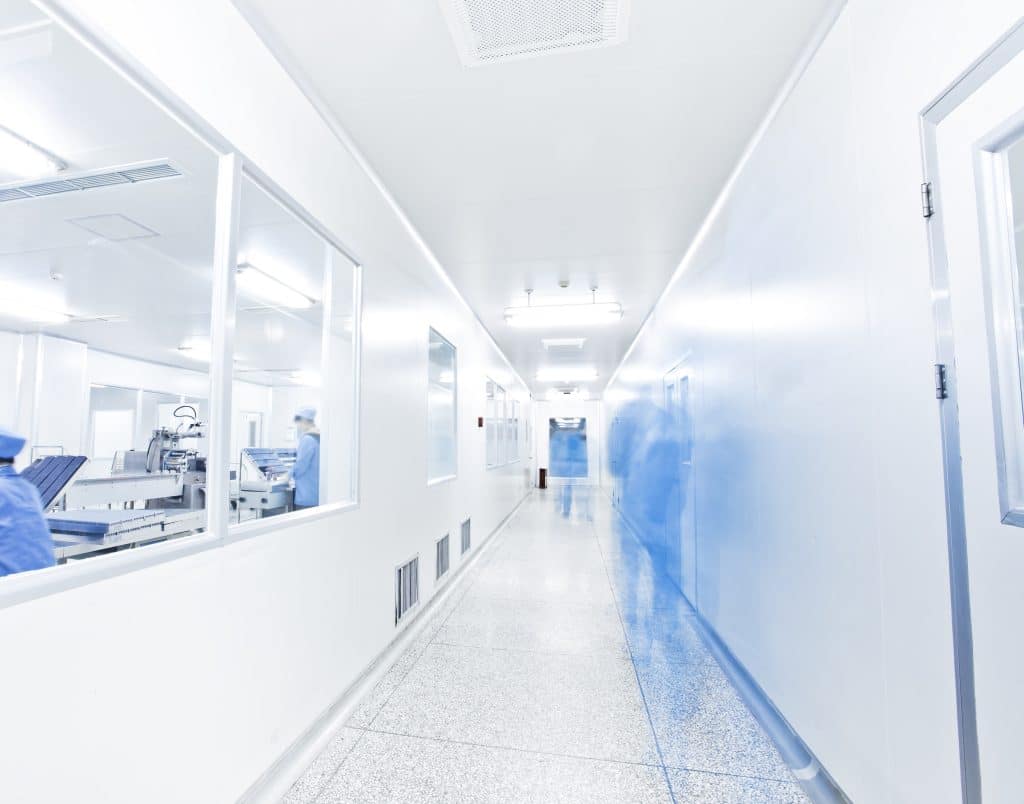- Home
- Clean room

Clean room

Measuring fine particles in clean rooms is of paramount importance due to its direct impact on product quality, safety, and operational efficiency. Here are five key reasons why monitoring fine particles is crucial:
- Product Quality Assurance: Clean rooms are employed in industries where product purity and precision are non-negotiable, such as semiconductor manufacturing and pharmaceuticals. Monitoring fine particles in real-time ensures that the environment consistently meets stringent cleanliness standards, safeguarding the quality and reliability of products manufactured within.
- Early Contamination Detection: Fine particles can originate from various sources, including equipment, personnel, and processes. Real-time monitoring enables the swift detection of particle fluctuations, allowing for immediate corrective actions. This early detection prevents contamination levels from escalating, minimizing the risk of product defects.
- Regulatory Compliance: Many industries are subject to rigorous regulatory requirements regarding airborne particle levels in clean rooms. Continuous monitoring provides a digital record of compliance, simplifying audits and demonstrating adherence to industry standards and government regulations.
- Operational Efficiency: Fine particle monitoring supports process stability. By providing constant data on particle levels, clean room operators can make real-time adjustments to maintain consistent manufacturing conditions. This ensures operational efficiency and reduces the likelihood of production disruptions or costly rework.
- Health and Safety: Monitoring fine particles is essential for ensuring the health and safety of clean room personnel. Some particles may pose health risks, especially in industries dealing with hazardous materials. Real-time monitoring helps protect workers by promptly identifying and mitigating particle-related safety concerns.
In summary, measuring fine particles in clean rooms is indispensable for maintaining product quality, regulatory compliance, and the safety of both products and personnel. It is a proactive approach to contamination control that supports efficient operations and upholds the reputation of industries where cleanliness is paramount.